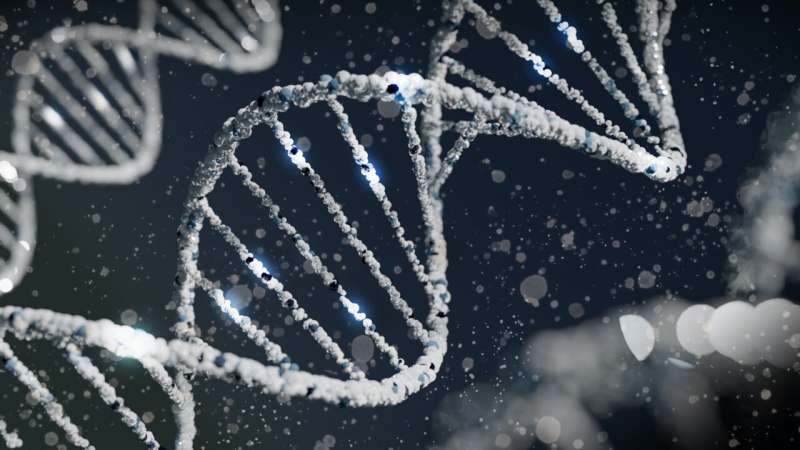
Amyotrophic lateral sclerosis (ALS) is a neurodegenerative disease characterized by the progressive loss of motor neurons in the brain and spinal cord responsible for voluntary movements and muscle control.
In a new study, published July 11, 2022 in the journal Theranostics, researchers at University of California San Diego School of Medicine report that a gene therapy approach, developed at UC San Diego, measurably delayed disease onset in humanized mouse and rat models of familial ALS, an inherited form of the disease that runs in families. (Most ALS cases are sporadic, of unknown cause, though environmental and genetic factors may play a part.)
In previous research, senior author Brian P. Head, Ph.D., adjunct professor in the Department of Anesthesiology at UC San Diego School of Medicine and research health scientist at the VA San Diego Healthcare System and colleagues had crossed a mouse model genetically engineered to express a neuroprotective protein called caveolin-1 with a transgenic mouse model of ALS. The double transgenic model exhibited better motor function and longer survival.
The latest work involved injecting a harmless adeno-associated viral vector carrying synapsin-Caveolin-1 cDNA (AAV9-SynCav1) into the spinal cords of familial ALS mice to see if it would delay disease progression and preserve physical strength and mobility.
Researchers found that SynCav1 protected and preserved spinal cord motor neurons and extended longevity in the mice. Subsequent experiments with a rat model of ALS produced similar results.
“These data suggest that SynCav1 might serve as a novel gene therapy for neurodegenerative conditions in ALS and other forms of central nervous system disease of unknown etiology,” the authors wrote, advocating for further studies.
The Theranostics paper follows a study published in 2021 in Molecular Therapy—Methods & Clinical Development in which Head and colleagues used a SynCav1 gene therapy approach to prevent learning and memory loss in a mouse model of Alzheimer’s disease (AD), a key step toward eventually testing the approach in humans with the neurodegenerative disease.
“Because the neuroprotective efficacy afforded by SynCav1 occurred independent of targeting the known toxic monogenic protein (i.e., mutant hSOD1), these findings suggest that SynCav1 may serve as a novel gene therapy for other neurodegenerative conditions in addition to ALS and AD,” said Head. “However, it is essential for further studies to determine the effect of SynCav1 on disease progression at later stages of the disease.”
Source: Read Full Article
